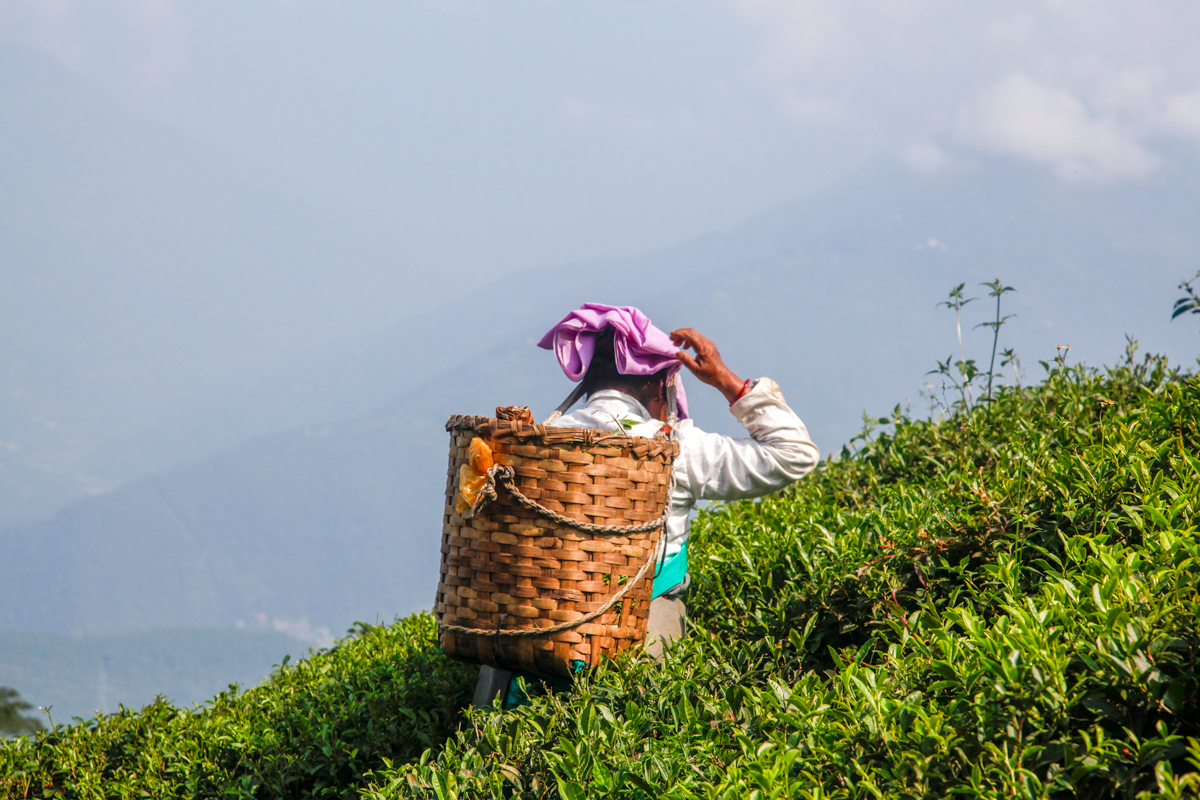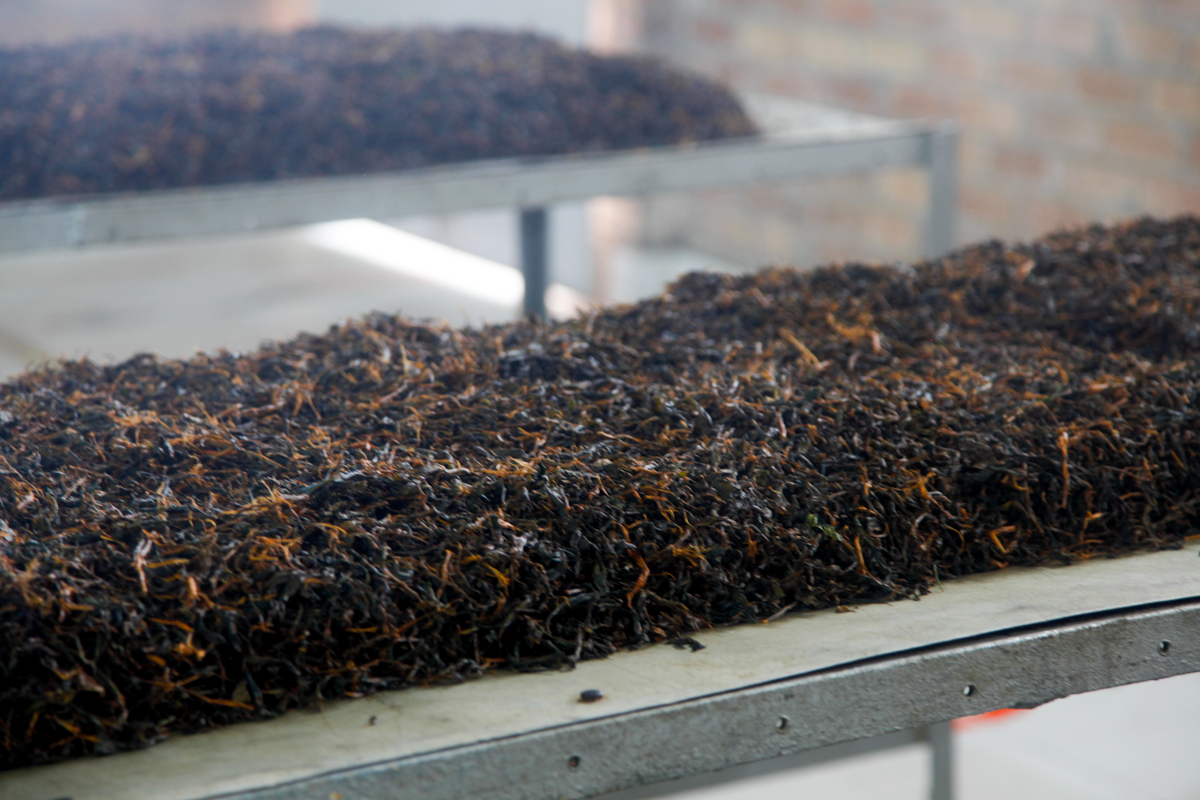Before I started working in tea, more than 36 years ago, I wanted to be a journalist. Since then, I’ve combined this original dream with my work in my own way, through my search for rare teas. I try my hand at reportage with this blog and with my podcast, Un thé, un voyage, which is another way of taking you on a journey.
When I meet villagers living in such poverty, like here, the reporter in me takes over and wonders: does the tea they harvest help them to live, and would they be worse off without it? Or does the tea – poor quality, worth little or nothing – help keep them in this situation?


